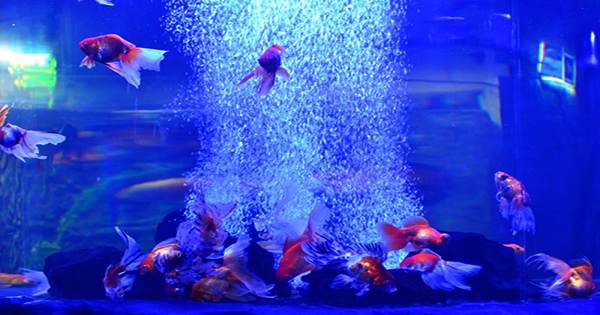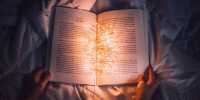Optical Frequency Combs is such a valuable tool for scientists that their discovery won the 2005 Nobel Prize in Physics. Physicists are looking for a counter using words. A team has found a way to achieve the goal by using a bubble maker from a domestic fish tank and thinks it could prove cheaper and more portable than the alternatives.
Optical frequency combs produce light at equal wavelengths. Partially transparent objects affect different frequencies in different ways and the comparisons that are being studied can provide unprecedented insights. Dr. Ivan Maksymov of the University of Swinburne compared the comb to a picket fence, each frequency emitted evenly with one picket.
Maksymov told IFLScience, “If you try to build a fence on a gully street and don’t compensate for the alley, the top of the fence will repeat the bottom.” “If you move your hand upwards, the difference in the height of the fence will tell you about the road.” Maksymov is keen to create a replica using ultrasound that can be used in places where light does not penetrate as well as the deep sea or the human body. Optical frequency combs, however, are usually made with a laser, whose single wavelengths are divided into millions of individual frequencies to produce consistent light. There is a lack of an obvious part of the sound wave.
Recently, two more parties have published papers announcing verbal frequency combs. Takes a clear path – simply produces sound at different wavelengths and targets it. The other vibrates an aluminum nitride-covered silicon wafer and it interacts with ultrasound waves, creating a variety of frequencies.
Maksymov’s strategy, as announced in the scientific report, is very similar to the second method, but still brings something new. Maksymov’s single frequency vibrates the bubbles produced by air from the aquarium with sound waves. The reaction was a set of sound waves with the individual, equal distance frequencies. In fact, Maksymov’s told IFLScience, the technology works so well that bottled Fiji water bubbles can be used instead. As Maksymov points out, small bubbles in the bloodstream are already safe enough to be used to transport drugs, for example, by crossing the blood-brain barrier to attack brain cancer.
As a result, ultrasound inside us picks off the bubbles and uses the frequency comb of the result to create a clearer picture than the existing frequency method, making it possible to stay deep inside the human body. The same technique can be used to study underwater environments, for example, to provide accurate measurements of underwater distances. In fact, Maksymov admits, it is possible that potential animals like dolphins – which are known to use gold to investigate their surroundings – have been creating frequency combs for a long time. As far as he is aware, no one has investigated the possibility of this happening.
The work was done when Maksymov and co-workers were trapped at home during the COVID-19 lockdown in Melbourne. While there may be a payment to be made in the process, Combs has thus produced at a lower cost and portability than those relying on high-tech equipment, Maksymov thinks. Lockdown-applied home research has also won Maksymov this year’s IgNobel Physics Prize, thanks to his work in transforming drunken worms into Faraday-like waves.
















